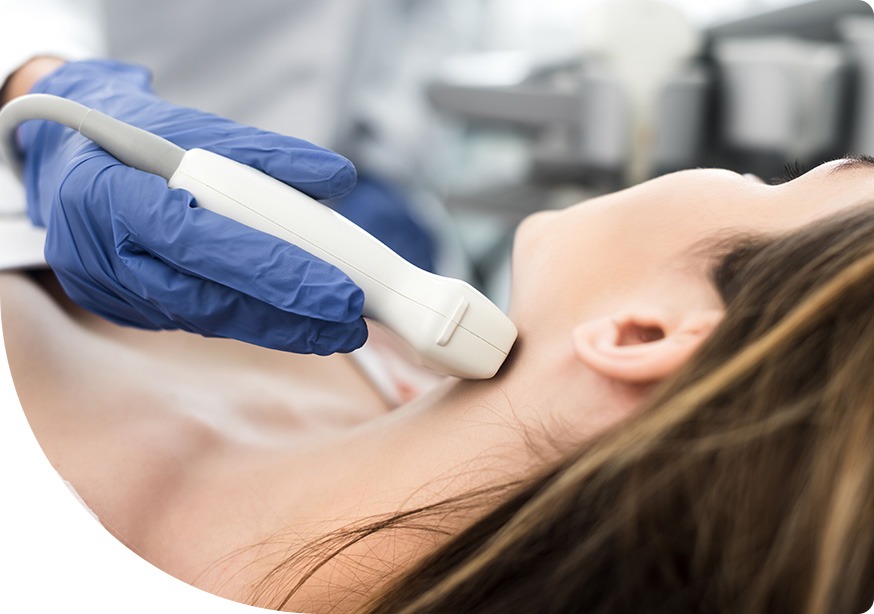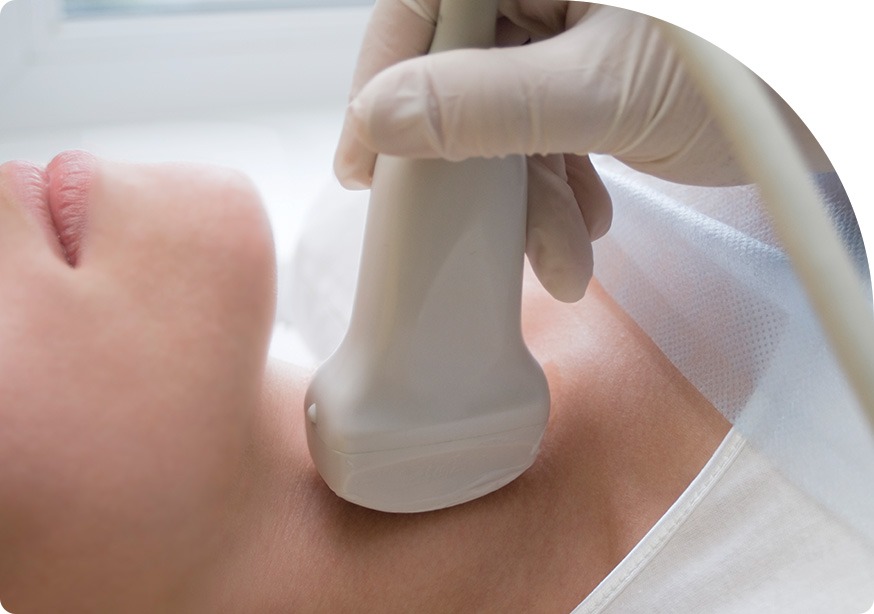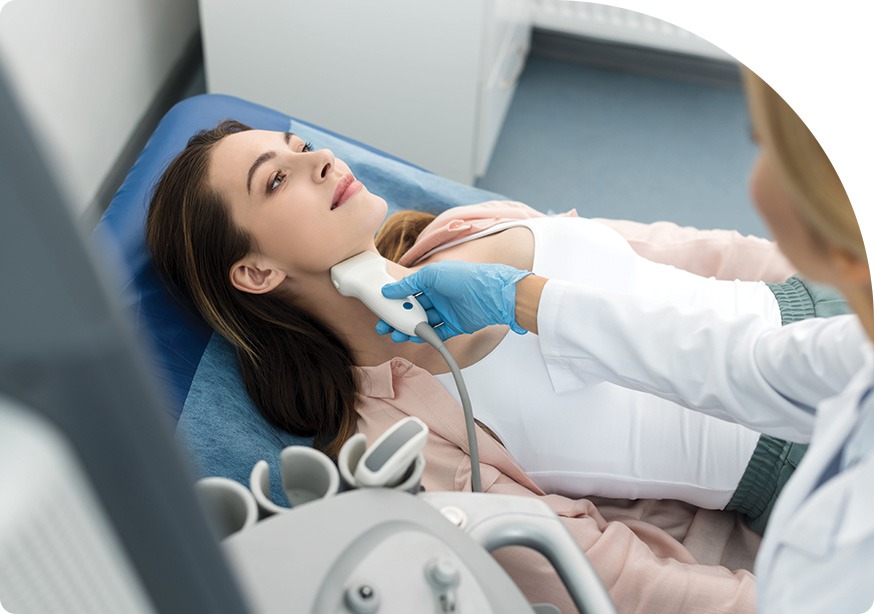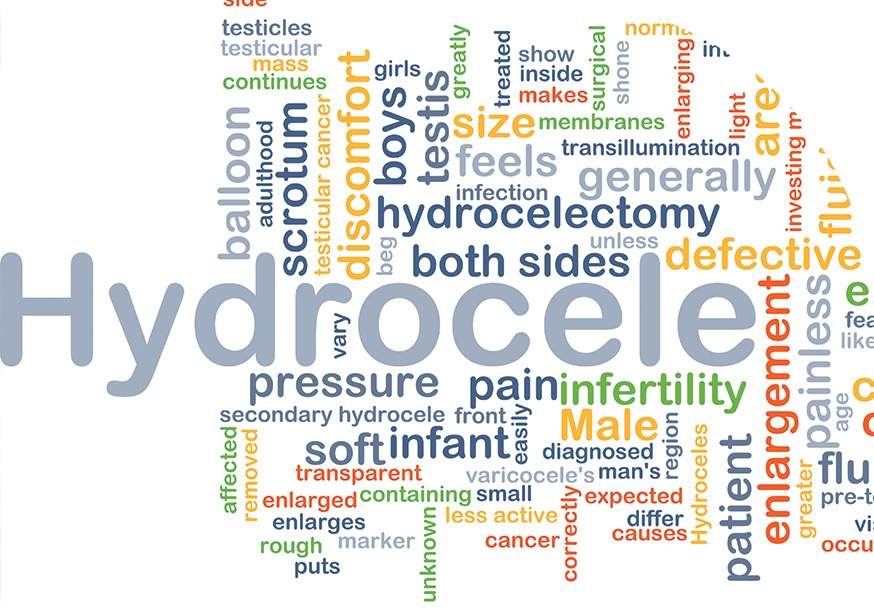In the last few decades, there has been a drastic improvement in the technical quality of high-frequency ultrasound for small parts imaging. The addition of colour doppler images has further enhanced the quality of ultrasound imaging. Saddletown radiology is pleased to offer a wide range of diagnostic ultrasound of small parts for all your health needs.
- Why Saddletown Radiology?
- Our Team
- Radiology Services
- New Patients
- FAQs
- For Physicians
- Contact
- Careers
- Book Appointment















